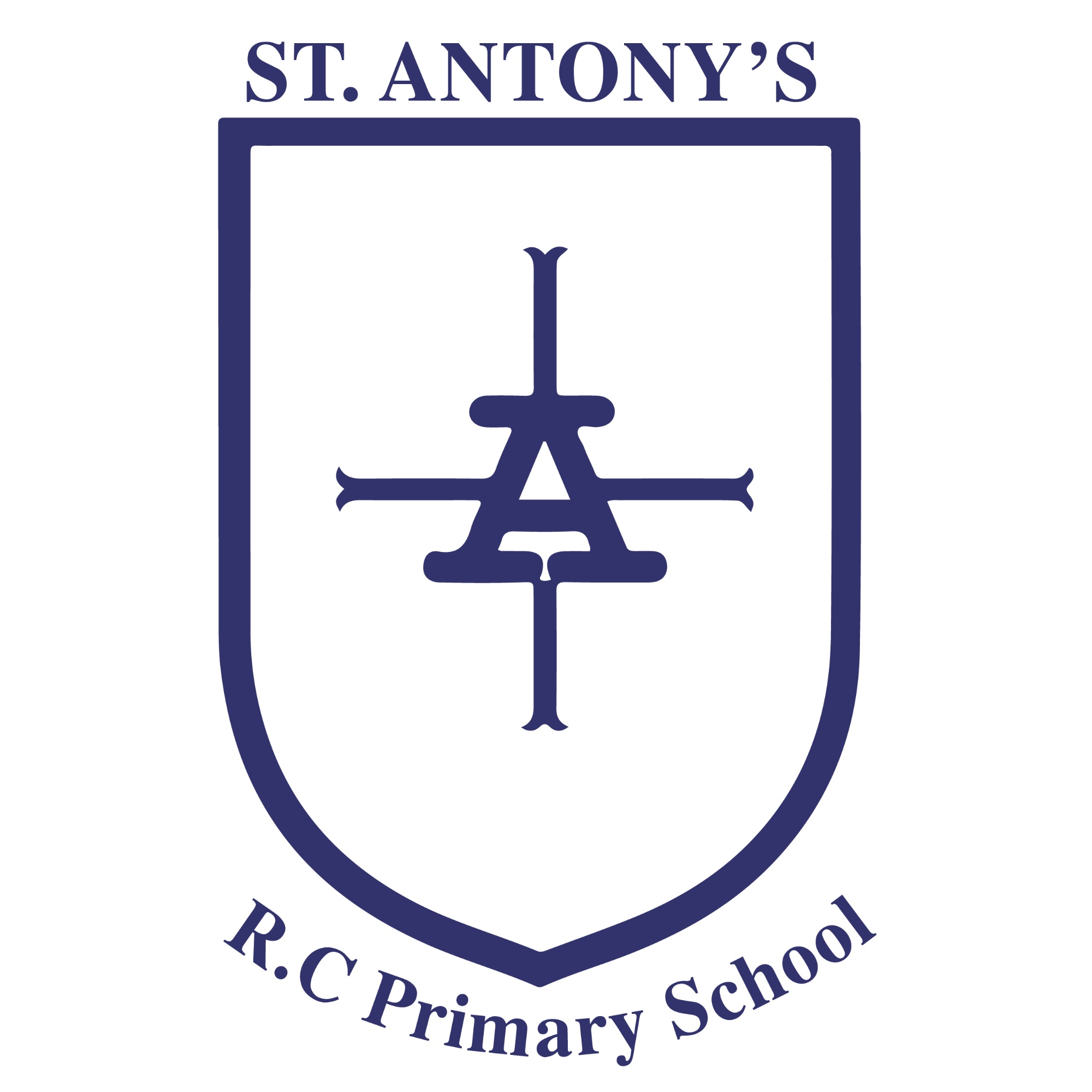Art

At St Antony’s Roman Catholic Primary School, we believe that high-quality Art lessons will inspire children to think innovatively and develop creativity, to appreciate the value the beauty in God’s natural world and to develop their own God given creative talents.
Ecclesiastes 3:11 - "He has made everything beautiful in its time".
At St Antony's we aspire to let your child's imagination flow when it comes to art and design. We aim to develop their art skills gradually through a detailed programme related to their current class topic. The progression of skills in art is designed to assist your child in becoming a well rounded artist developing their skills in all of the following areas; Drawing, colour, texture, form, printing and pattern
Art Ambassadors 2023/2024
"Being an art ambassador inspires me to be confidently creative!"
Intent
Our Art curriculum provides children with opportunities to develop their skills using a range of media and materials. Children learn the skills of drawing, painting, printing, collage, textiles, 3D work and digital art and are given the opportunity to explore and evaluate different creative ideas. Children will be introduced to a range of works and develop knowledge of the styles and vocabulary used by famous artists. The skills they acquire are applied to their cross-curricular topics, allowing children to use their art skills to reflect on and explore topics in greater depth; for example, by sketching historical artefacts in detail, researching geographical locations to support their work on landscape painting or using art as a medium to express emotion and thought to enhance their personal, social and emotional development. Many areas of art link with mathematical ideas of shape and space; for example, when printing repeating patterns and designs and thinking about 3D shapes to support structures. It is paramount that art work be purposeful; be this as a means of expression or to explore the styles of other artists that inspire our own work. Pupils should be clear what the intended outcomes are and have a means to measure their own work against this.
Implementation
The teaching and implementation of the Art and Design Curriculum is based on the National Curriculum and linked to topics to ensure a well-structured approach to this creative subject.
The subject leader for Art is Mrs Jessica Duxbury.
The subject leaders are responsible for the day to day management of resources, keeping up to date in curriculum innovation, sharing good practice with staff and ensuring that planning for the subject is progressive and in line with national expectations.
Subject leaders are the ‘expert’ in school and can offer support to other staff including signposting where necessary.
Together with the Headteacher and Governors, they are involved in the monitoring, review and evaluation of their subject both as a standalone and as part of the wider curriculum.
Early Years Foundation Stage
Pupils explore and use a variety of media and materials through a combination of child initiated and adult directed activities. They have opportunities to learn to:
Explore the textures, movement, feel and look of different media and materials
Respond to a range of media and materials, develop their understanding of them in order to manipulate and create different effects.
Use different media and materials to express their own ideas
Explore colour and use for a particular purpose
Develop skills to use simple tools and techniques competently and appropriately
Select appropriate media and techniques and adapt their work where necessary
Key stage 1
Pupils are taught:
To use a range of materials creatively to design and make products
To use drawing, painting and sculpture to develop and share their ideas, experiences and imagination
To develop a wide range of art and design techniques in using colour, pattern, texture, line, shape, form and space
About the work of a range of artists, craft makers and designers, describing the differences and similarities between different practices and disciplines, and making links to their own work.
Key stage 2
Pupils are taught to develop their techniques, including their control and their use of materials, with creativity, experimentation and an increasing awareness of different kinds of art, craft and design.
Pupils are taught:
To use sketch books to record their observations and use them to review and revisit ideas
To improve their mastery of art and design techniques, including drawing, painting and sculpture with a range of materials [for example, pencil, charcoal, paint, clay]
To learn about great artists, architects and designers in history.
Impact
Record keeping and assessment
Class teachers are responsible for the day to day assessment of art using the Target Tracker steps and statements. Termly data on art progress is analysed by the art lead.
Monitoring and evaluation
Learning walks, lesson observation, pupil interviews and book scrutiny’s are carried out often to review and evaluate Art and the progression of skills across the school.
Staff development
Staff are currently team teaching alongside the art lead on a termly basis to develop creative skills across school. SIG training and network meetings are consistent for the art lead to discuss and support all teaching staff across school.

